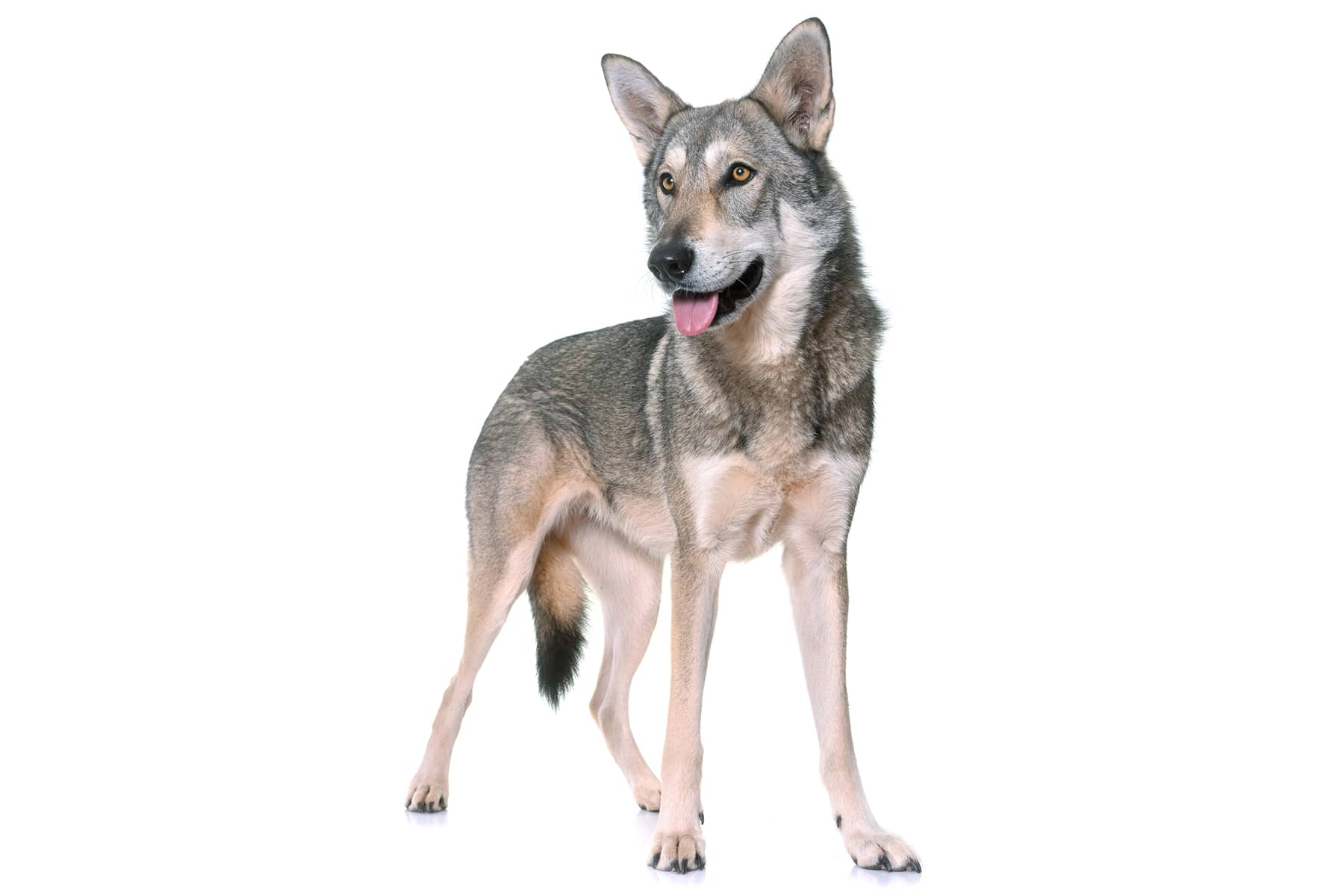Border Terrier
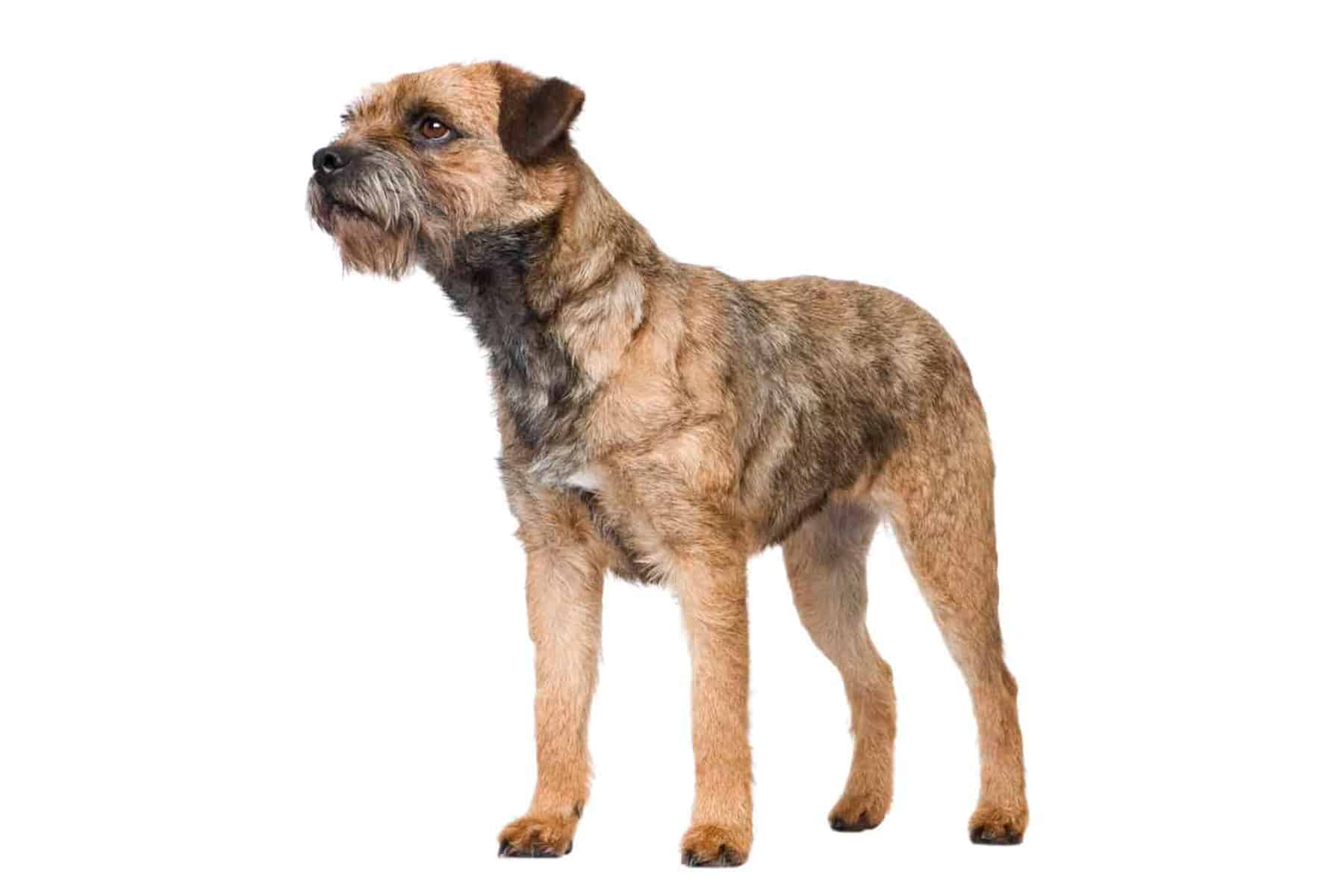

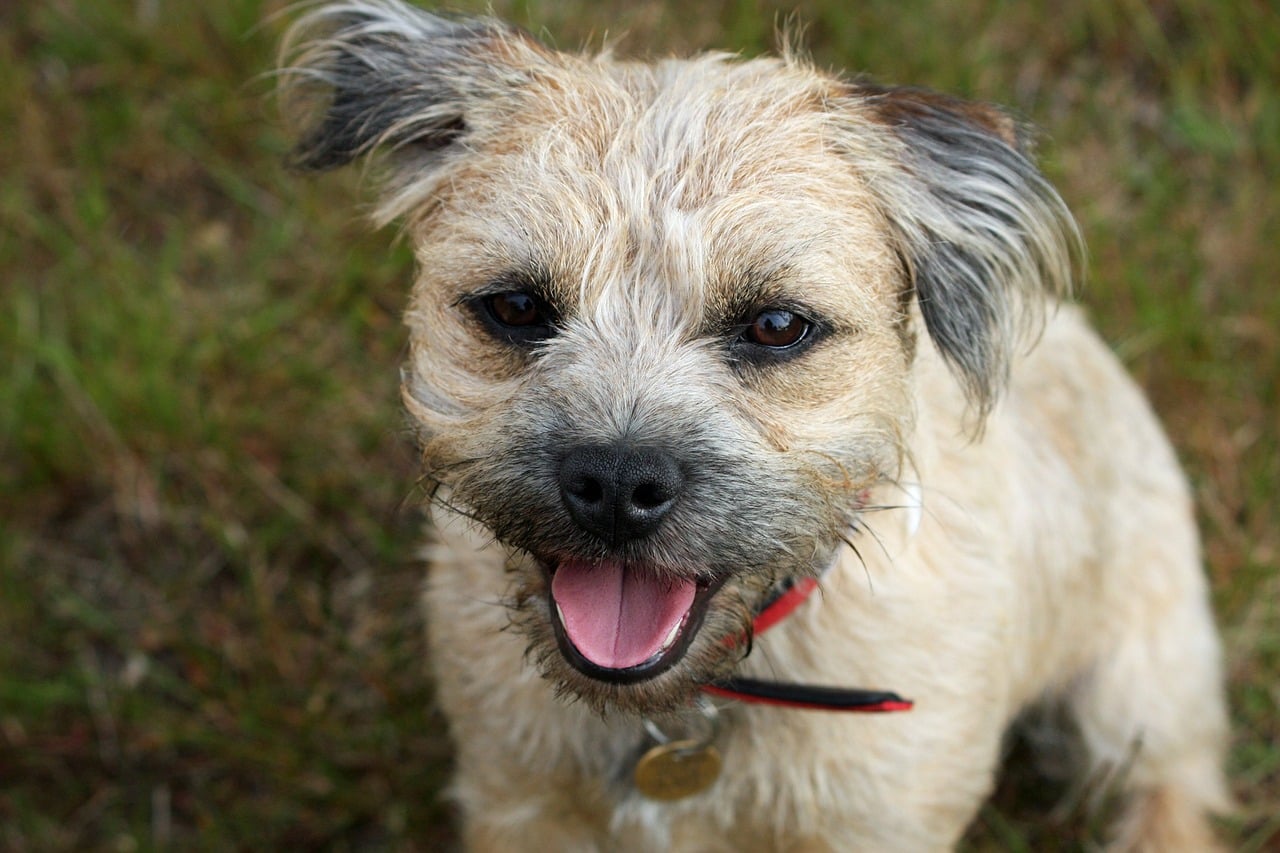
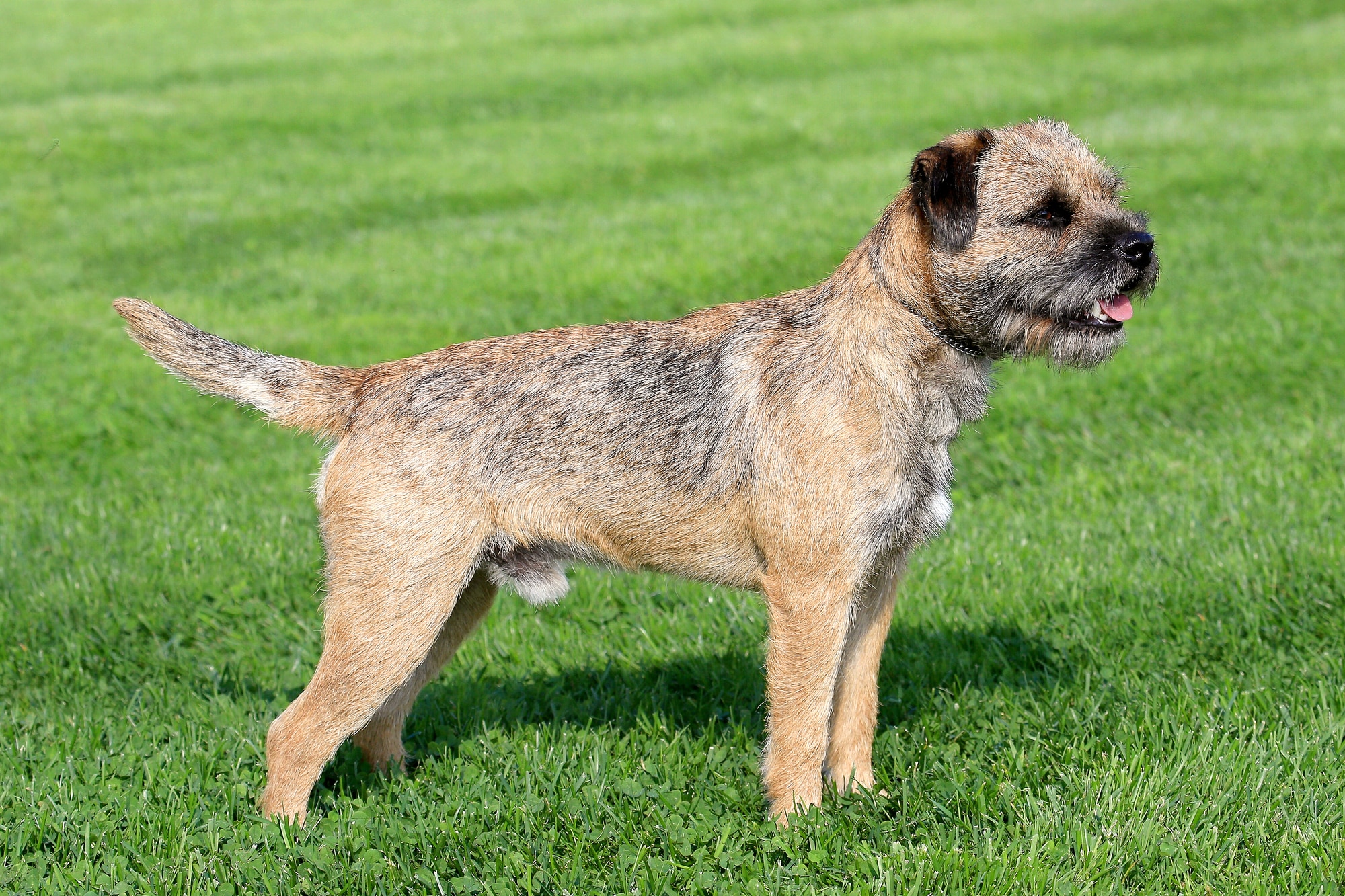
Temperament:
This small, lively terrier is an ideal family dog, although it was originally bred as a hunting dog. He is a cheerful, compatible and child-friendly member of the pack. This is why it feels just as at home as a family dog as it does as a companion to a leisure rider or as a member of a hunting pack. The only important thing is that he can live out his great urge to move.
Characteristics
The Border Terrier's head is reminiscent of an otter's head. It is broad with a short muzzle and a black nose. The nostrils are wide open. The Border Terrier's head has a pronounced stop. It normally has a scissor bite. A pincer bite is less common, but is also permitted according to the breed standard.
He has V-shaped hanging ears that reach down to his cheeks. His very dark, almost black eyes look out into the world with a lively and adventurous expression.
The Border Terrier is also characterized by its relatively long, slender legs. They enable the rather small dog to keep up with a horse effortlessly. It can also keep up this pace for a long time. It is lively and has a pronounced hunting instinct.
As the Border Terrier was bred to penetrate the dens of predators when hunting, it has a rather narrow chest. The tail is rather short, strong at the base and tapers towards the tip.
The Border Terrier's coat is very weather-resistant and easy to care for. It has a dense, soft undercoat that keeps the body warm. The wiry top coat protects against moisture and wind. To groom the coat, it is sufficient to remove loose hairs occasionally.
When meeting other dogs, it is generally not as rowdy as other terrier breeds. When sufficiently exercised, the Border Terrier proves to be a balanced and calm companion to its owner and is also suitable as a family dog.
Coat care:
Shedding:
Energy level:
Trainability:
Children suitable:
The right food
In general, this breed is active, but also quite voracious. The owner should therefore make sure that the dog does not get too fat.
The amount of food required depends on age, activity level, weight and state of health.
A simple rule that applies to all dogs: if the dog's ribs can hardly be felt or cannot be felt at all, it should be given less food. If, on the other hand, all the ribs can be felt or even seen very well, the dog needs more food.
When selecting the food, attention should be paid to high-quality ingredients and a balanced composition.
Health & Care
The Border Terrier's coat is relatively low-maintenance. However, this does not mean that it does not need grooming. The coat should be groomed regularly with a comb and brush and dead hair should be removed. Unlike other dog breeds, Border Terriers do not shed on their own. That's why it hardly sheds at all.
Border Terriers should also be trimmed once or twice a year. Please only trim, do not shear. Trimming involves removing the old hair from the undercoat and topcoat with a clipper. If necessary, the coat can also be shortened slightly.
When clipping, the coat is shortened with a clipper and brought into a certain shape. Regular trimming is important for the Border Terrier, as otherwise old, dead hair can cause unpleasant itching.
With a little practice, you can do the trimming yourself or hire a groomer to do it for you. To make trimming as stress-free as possible, you should get your puppy used to it in a playful way. To do this, carefully run the trimmer blade through the coat without actually pulling out any hair.
If you want to trim your Border Terrier yourself, you will need a coarse and a fine trimming knife and a pair of scissors. The coarse blade is for the undercoat, the fine blade for the top coat. You will need the scissors to cut out the hair between the pads and to trim the top coat if necessary.
Suitable accessories
A comb and brush are part of your Border Terrier's basic equipment. If you want to trim him yourself, you will also need a coarse and a fine clipper as well as a pair of scissors.
Every dog's basic equipment includes a dog bed, a dog cushion or a dog basket. In addition, a food and water bowl. A collar or harness and a lead are also included.
For a dog as lively as the Border Terrier, you definitely need toys too.
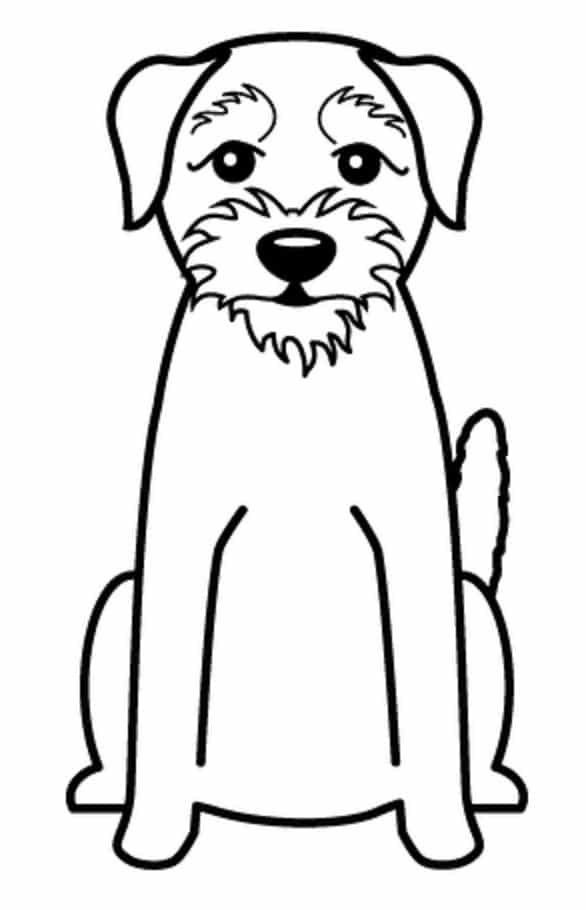
Origin & History
The Border Terrier was bred in the mountainous and hilly landscape on the border between England and Scotland. This Border County also gave him his name. The rugged landscape of this area with its vast, barren areas of bracken and heathland has made the Border Terrier as robust as we know it today.
He was bred for the very popular and widespread fox hunting there. He is part of the pack on these hunts. This means he can cover long distances with a galloping horse. His job is to follow the fox into the den and scare it out.
In addition to fox hunting, the Border Terrier was also used to hunt rats, martens and otters. They were therefore not only used to guard the farmyard, but also to keep it free of pests.
The first dogs with many of the characteristics of the Border Terrier are already known from the late 18th century. Until 1880, it was referred to by various names, which mostly referred to the breeder or the breeding location. It was not until 1920 that the name Border Terrier was registered in the British Kennel Club.
The exact breeding history of the Border Terrier is not known. Experts assume that it is related to the Dandie Dinmont Terrier. During breeding, less attention was paid to the dog's appearance and more to its working ability. This is why it is still not a show dog today.
In Germany, the Border Terrier became well-known and popular in the 1970s. Around the turn of the millennium, there were around 350 stud book entries per year.


